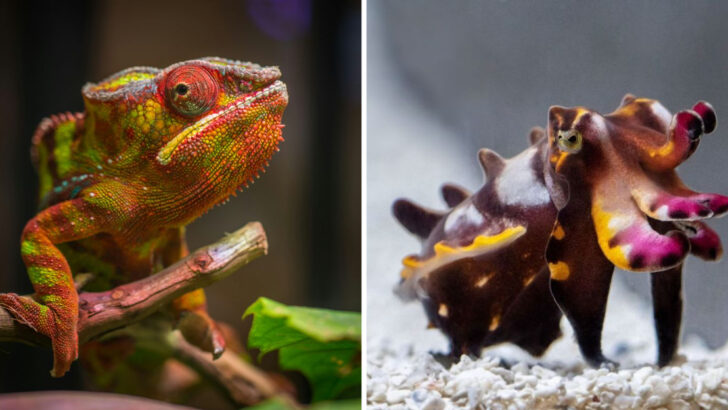Animals that can change their color have always captured our imagination, and it’s easy to see why. These creatures don’t just blend into their surroundings — they shift shades and patterns in ways that seem almost magical, sometimes for protection, sometimes for communication. Their ability to adapt visually challenges what we think is possible in nature.
From tiny insects to marine dwellers, the ways these animals manipulate color are as diverse as they are fascinating. Some flicker with sudden flashes, others ease into subtle shifts, and a few even alter their hues to signal mood or attract mates. It’s a glimpse into the clever strategies life has developed to survive and thrive in ever-changing environments.
Chameleon
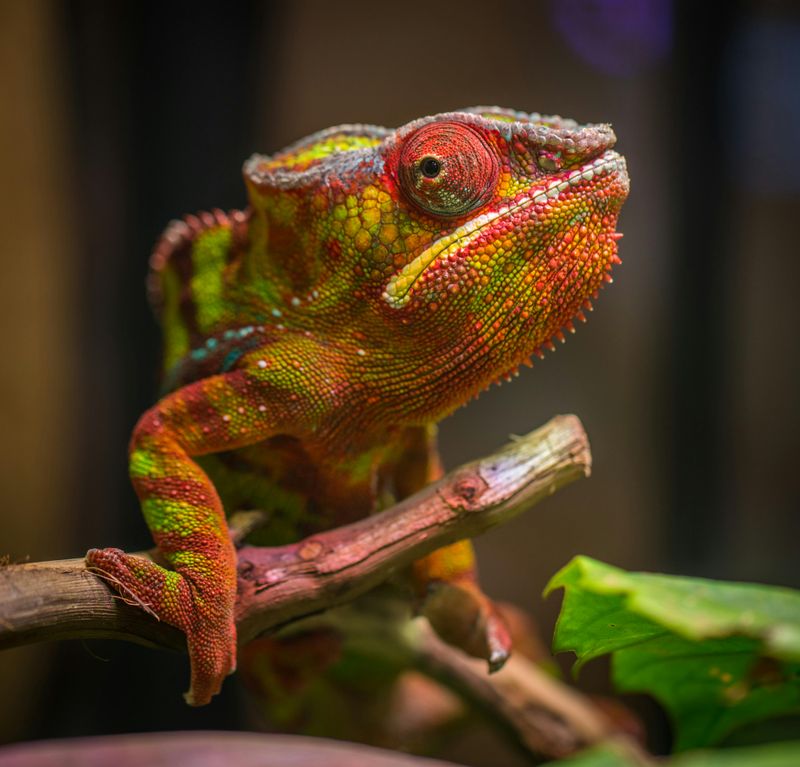
Known for its signature camouflage, this lizard is a master of disguise. Its color-shifting skills are not just for hiding but also for social signaling and temperature regulation. The skin contains specialized cells called chromatophores, which expand or contract to produce a spectrum of colors.
These changes are influenced by light, temperature, and mood. In the wild, spotting a chameleon can be a challenge, as they seamlessly blend into their surroundings, whether among lush foliage or arid branches. Fascinatingly, these shifts happen almost instantaneously, showcasing nature’s incredible ingenuity.
Parrotfish
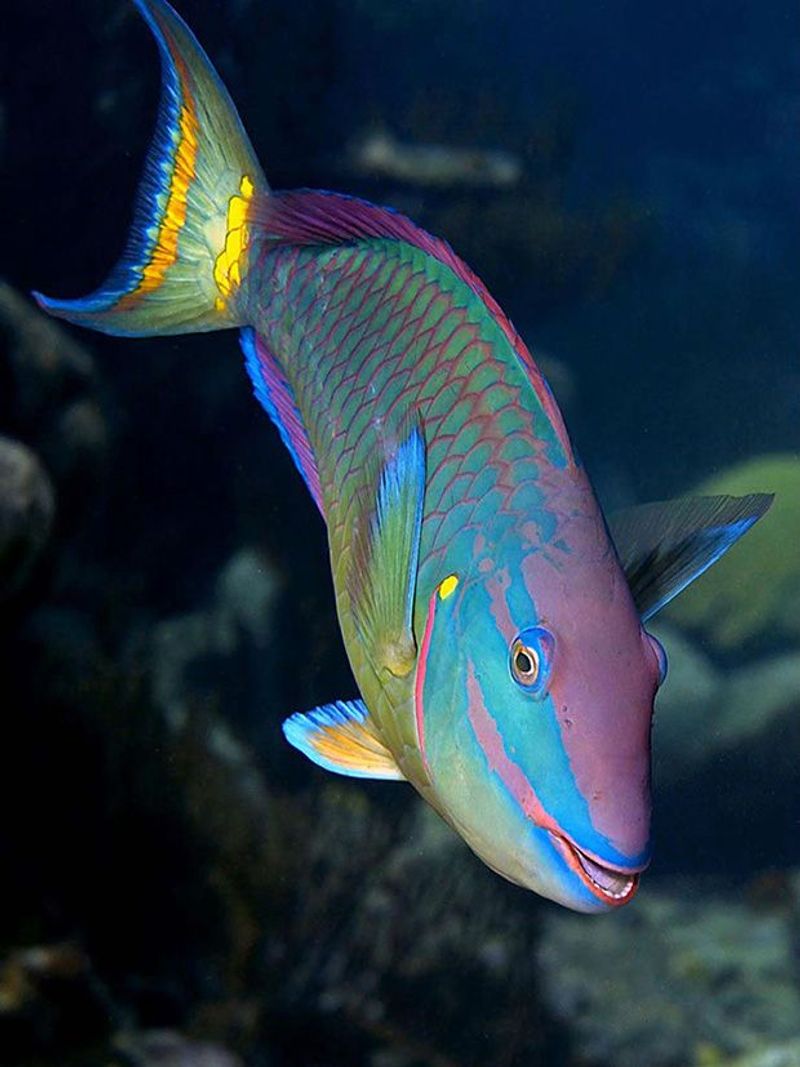
Parrotfish are like underwater artists, their scales a constantly shifting palette of color. Found in coral reefs, these fish can transition through a spectrum, from bright blues and greens to stunning pinks. Over their life cycle, they change not only colors but sometimes even gender.
Their vibrant hues serve to confuse predators and communicate with potential mates. This fascinating fish contributes to the health of reefs by consuming algae.
Did you know? Parrotfish create a mucus cocoon around themselves at night for protection. This behavior adds an extra layer to their colorful mystique.
Octopus

These intelligent mollusks are celebrated for their rapid color alteration, achieved through specialized skin cells. Beyond camouflage, octopuses use this ability to express emotions and communicate with one another.
They can change color in the blink of an eye, adapting to the ocean’s colorful seascape or warding off predators with sudden flashes. This adaptability is a crucial survival tool, allowing them to navigate complex underwater landscapes seamlessly. Watching an octopus shift hues is akin to witnessing an underwater light show, demonstrating their role as true artists of the ocean.
Caribbean Reef Squid
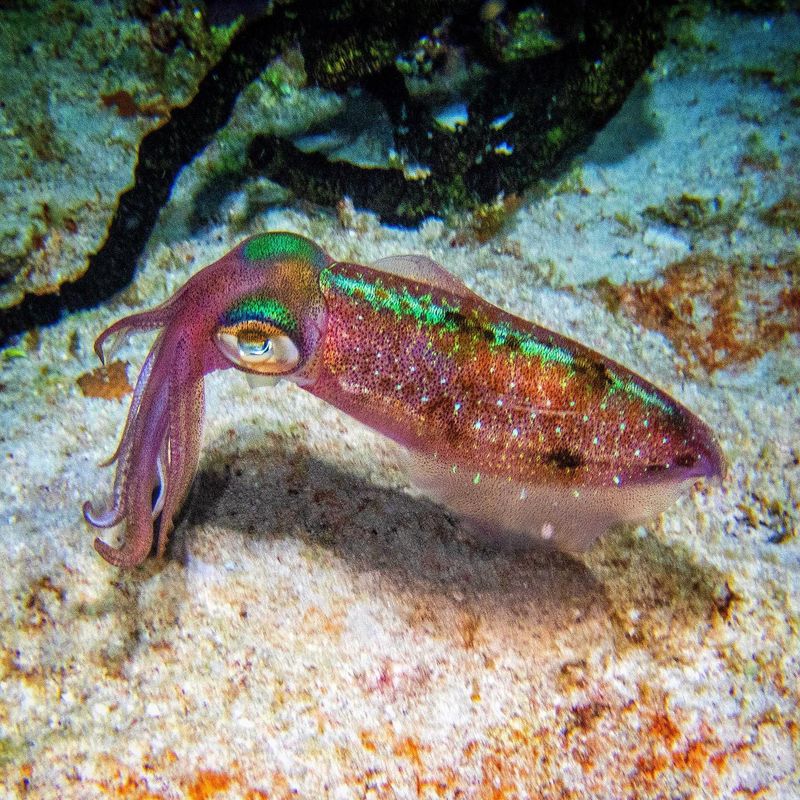
The Caribbean Reef Squid is a master of disguise in the ocean. Utilizing a complex communication system, it changes color to avoid predators, woo mates, or converse with fellow squids.
Their skin, embedded with chromatophores, allows them to produce an ever-changing display of patterns and hues. These cephalopods are social creatures, often seen in groups.
Interestingly, they can even project different colors on each side of their body simultaneously. This ability to alter appearance helps them blend seamlessly into their surroundings, providing both safety and social advantages.
Flamboyant Cuttlefish
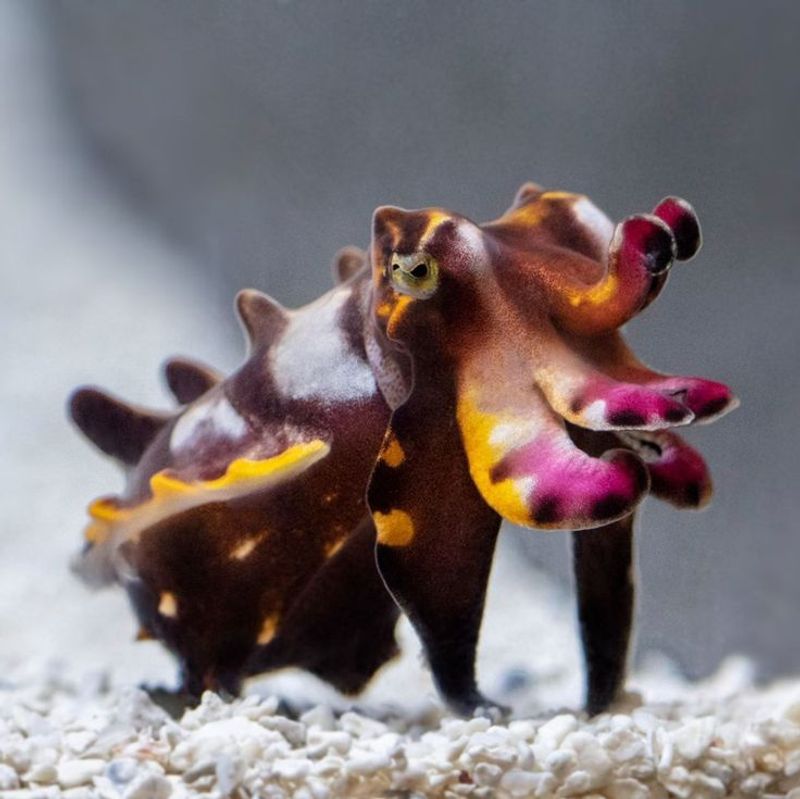
The Flamboyant Cuttlefish is nature’s living light show. As its name suggests, this cuttlefish flaunts bright patterns of yellow, pink, and white, especially when threatened or courting.
Unlike other cuttlefish that swim, this species often ‘walks’ along the ocean floor. Its vivid display serves as a warning to predators, as it’s one of the few toxic cuttlefish.
This unique color-changing ability, combined with its toxicity, makes it a fascinating subject of study for marine biologists and a wonder to behold in the wild.
Cuttlefish
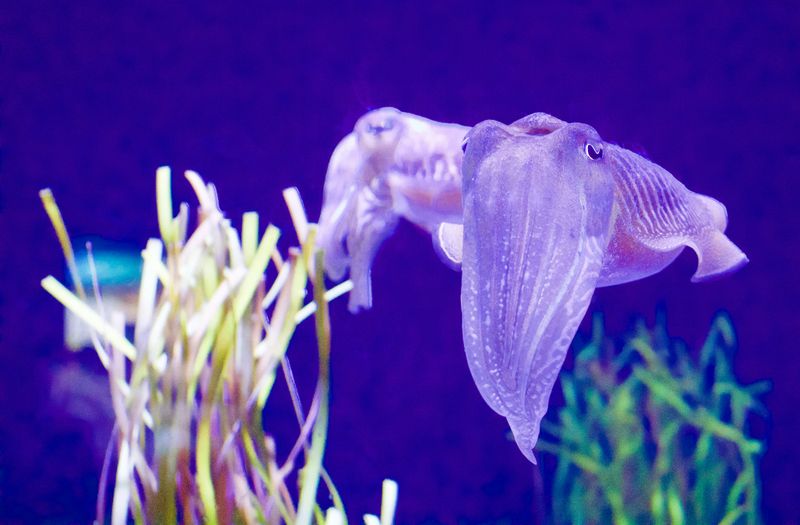
Often dubbed the “chameleons of the sea,” these creatures possess an advanced color-changing capability. Their skin is equipped with chromatophores, leucophores, and iridophores, enabling them to mimic their environment with impressive accuracy.
Beyond deception, these changes are instrumental in communication and mating displays. They can even create complex patterns that seem to mesmerize prey, aiding in hunting. It’s a visual spectacle to observe a cuttlefish as it shifts from one colorful pattern to another, revealing the sophisticated artistry of the natural world in every transition.
Rainbow Stag Beetle
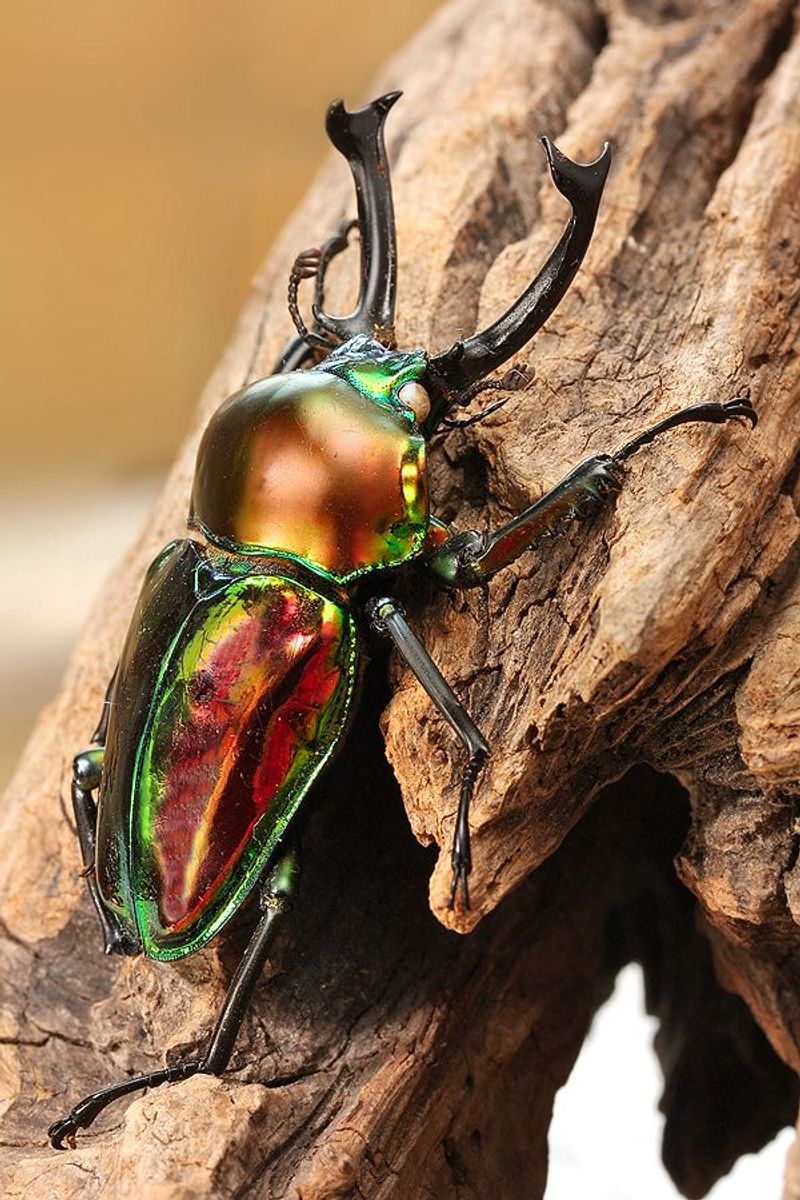
The Rainbow Stag Beetle, a dazzling jewel of the insect world, captivates with its iridescent colors. Found in the forests of Southeast Asia, its exoskeleton reflects a spectrum of hues, creating a stunning visual effect.
The beetle’s metallic sheen is not merely for show; it acts as a form of camouflage among leaves and dappled sunlight.
Fascinatingly, the intensity of the beetle’s colors can change with the angle of the light. This natural wonder continues to intrigue entomologists and collectors alike, proving that even the smallest creatures can pack a mighty visual punch.
Sand Octopus
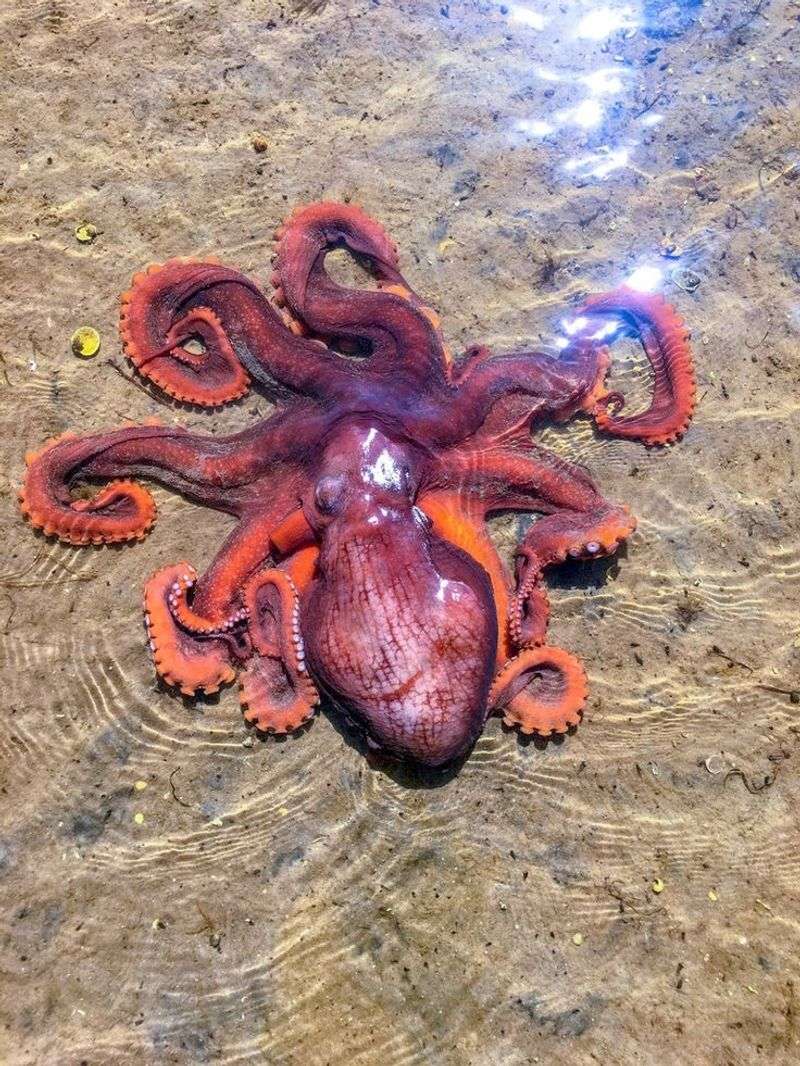
The Sand Octopus, a lesser-known cousin to the more famous octopus species, possesses extraordinary color-changing abilities. Dwelling in sandy and rocky ocean floors, it can mimic the texture and color of its surroundings with incredible accuracy.
This remarkable camouflage helps it avoid predators and surprise prey. Its skin can quickly adapt, blending into the ocean floor seamlessly.
Interestingly, the Sand Octopus can also eject ink, adding another layer to its defense mechanisms. This elusive creature remains a mystery, often unnoticed due to its masterful disguise.
Peacock Flounder
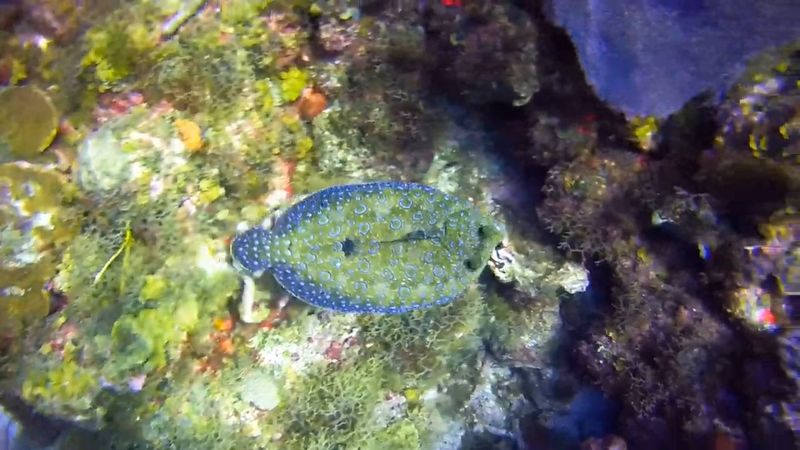
A master of marine mimicry, this fish can alter its color and pattern to match the sandy seafloor or coral reefs. Its skin contains chromatophores and reflective cells, enabling dazzling transformations.
These adaptations ensure it remains concealed from both predators and prey. It’s fascinating how they achieve such precision in replication, seemingly vanishing into their surroundings. Observing a peacock flounder’s transformation gives a glimpse into the evolutionary power of adaptation, where survival hinges on the perfect disguise in the ever-changing colors of the ocean.
Golden Tortoise Beetle
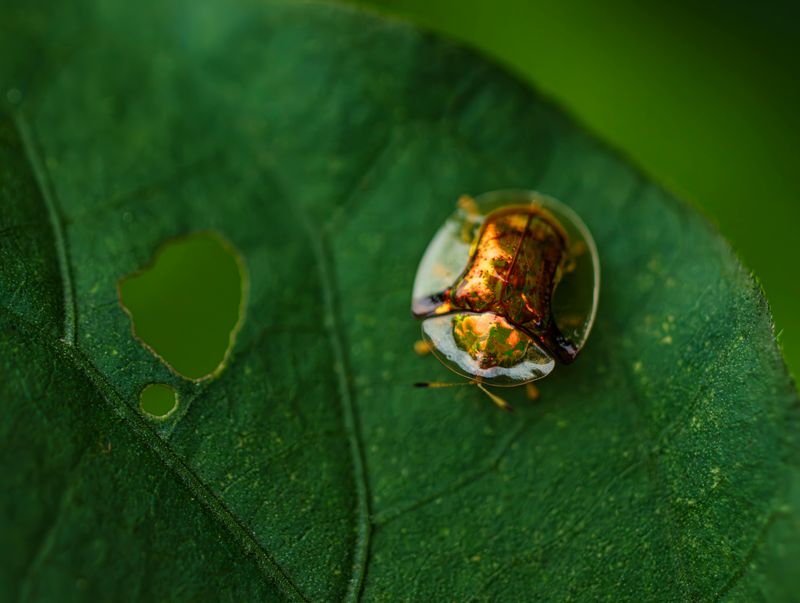
This beetle’s metallic exterior can shift from gold to red, depending on various factors including mood and humidity. The color changes are due to liquid layers under its transparent shell.
When threatened, the beetle can turn a dull red, serving as an alarm. It’s intriguing how such a small creature can exhibit such dynamic color changes, reflecting its adaptability in the insect world. Observing their transformations is like watching a living gemstone alter its appearance, adding a touch of wonder to the microcosm of nature’s artistry.
Indonesian Mimic Octopus

Renowned for its mimicry, this octopus not only alters its color but also its shape, imitating other marine animals. Its skin contains chromatophores that facilitate these rapid changes.
This remarkable ability is used to deter predators by impersonating more threatening creatures. The mimic octopus exemplifies evolutionary creativity, using both color and form to survive in a diverse underwater world. Witnessing this octopus’s transformation is akin to watching a live theatrical performance, where survival depends on its ability to convincingly portray multiple roles in its oceanic habitat.
Panther Chameleon

Hailing from Madagascar, this chameleon species boasts a vibrant palette, changing colors for communication, temperature regulation, and camouflage. Its ability to shift hues is controlled by specialized skin cells.
Each change is not only a response to environmental stimuli but an expression of its physiological state. This dynamic interaction between biology and environment makes the panther chameleon a living canvas of color. Observing one offers a unique glimpse into how nature uses color as a multifaceted tool for survival and interaction in the wild.
Eastern Fence Lizard
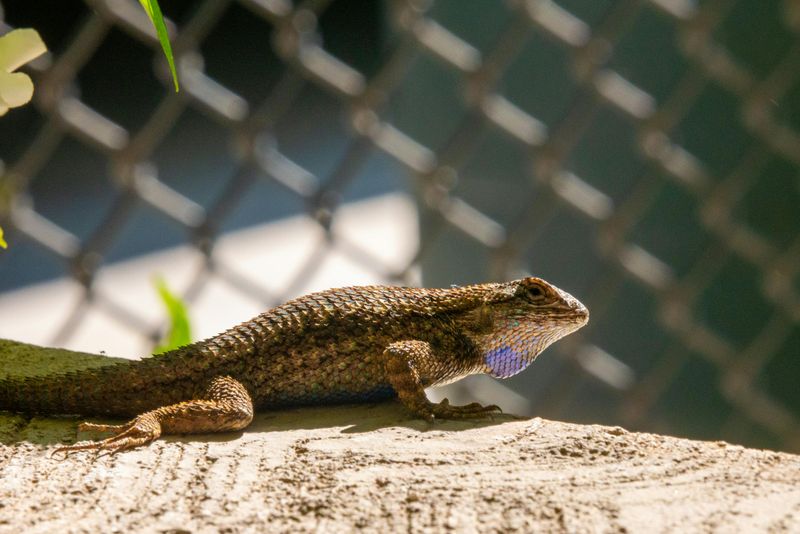
Though not as flamboyant as others, this lizard’s color change is tied to temperature regulation and social interactions. Males display vibrant blue patches during mating season.
These subtle shifts in color are crucial for survival, providing camouflage and aiding in social displays within their territory. Observing this lizard highlights the diverse ways color is utilized in nature, where even slight variations can have significant implications. It’s a reminder of the nuanced beauty and complexity in the natural world, where every color change serves a purpose.
Squid
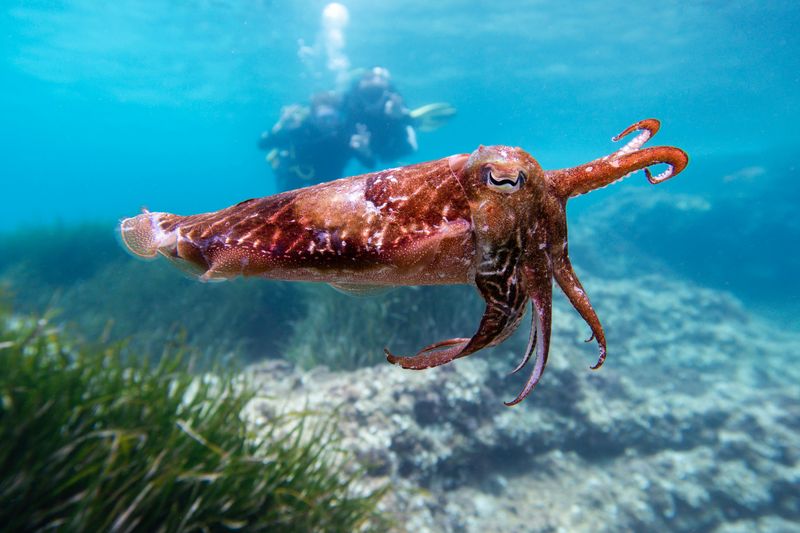
Squids are equipped with chromatophores that allow them to change color rapidly. This ability serves for camouflage, communication, and predator deterrence.
They can produce a spectrum of colors, creating dynamic patterns that are both functional and fascinating to watch. This adaptability enhances their survival, allowing them to thrive in diverse marine environments. The squid’s color changes are a testament to the sophisticated mechanisms of evolution, where each hue plays a role in the intricate dance of life beneath the waves.
Flower Mantis
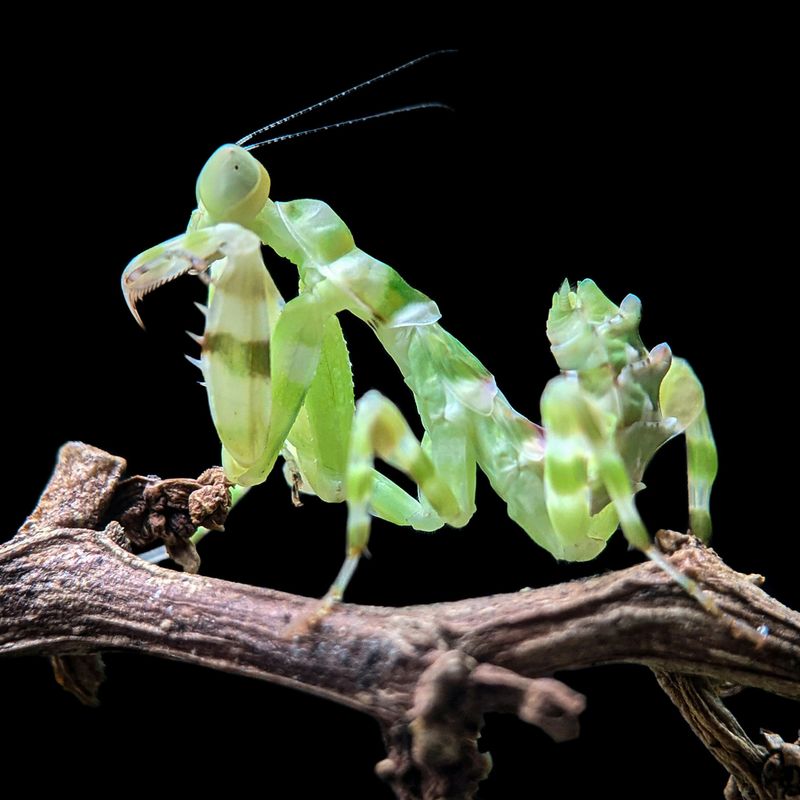
This insect mimics flowers not just in shape but in color, using this camouflage to ambush unsuspecting prey. Its ability to change hues is dependent on its environment and growth stage.
Observing a flower mantis is like witnessing a seamless integration into the floral tapestry, where it becomes nearly invisible. This deceptive beauty highlights the intricate connections within ecosystems, showcasing the role of color as both a weapon and a shield in the natural world. It’s a striking example of evolution’s artistry at its finest.
Anole Lizard
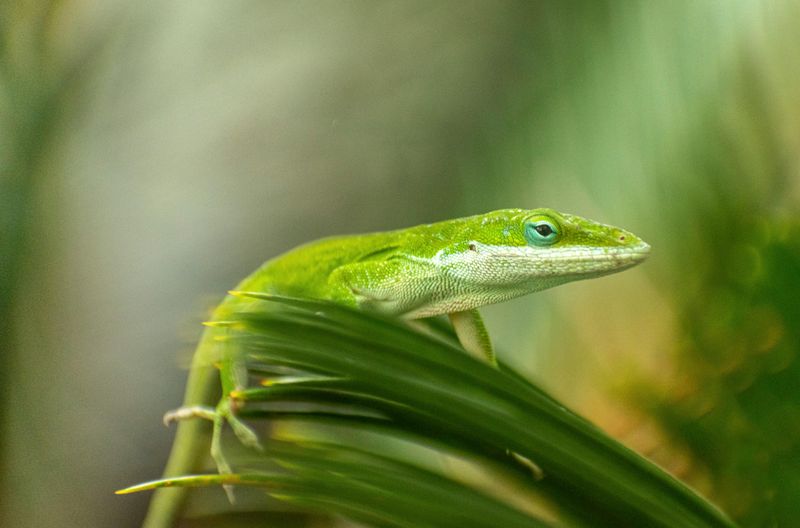
Famous for their rapid color shifts, anoles change hues for social signaling and camouflage. Their skin contains chromatophores, which adjust to environmental changes.
These lizards can shift from green to brown in moments, providing an effective disguise in their leafy habitats. Their color-changing prowess is not just for concealment but is integral to their social dynamics. Observing an anole offers insight into how nature employs color to navigate complex ecosystems, where every shift enhances their chances of survival and interaction.
Mandrill
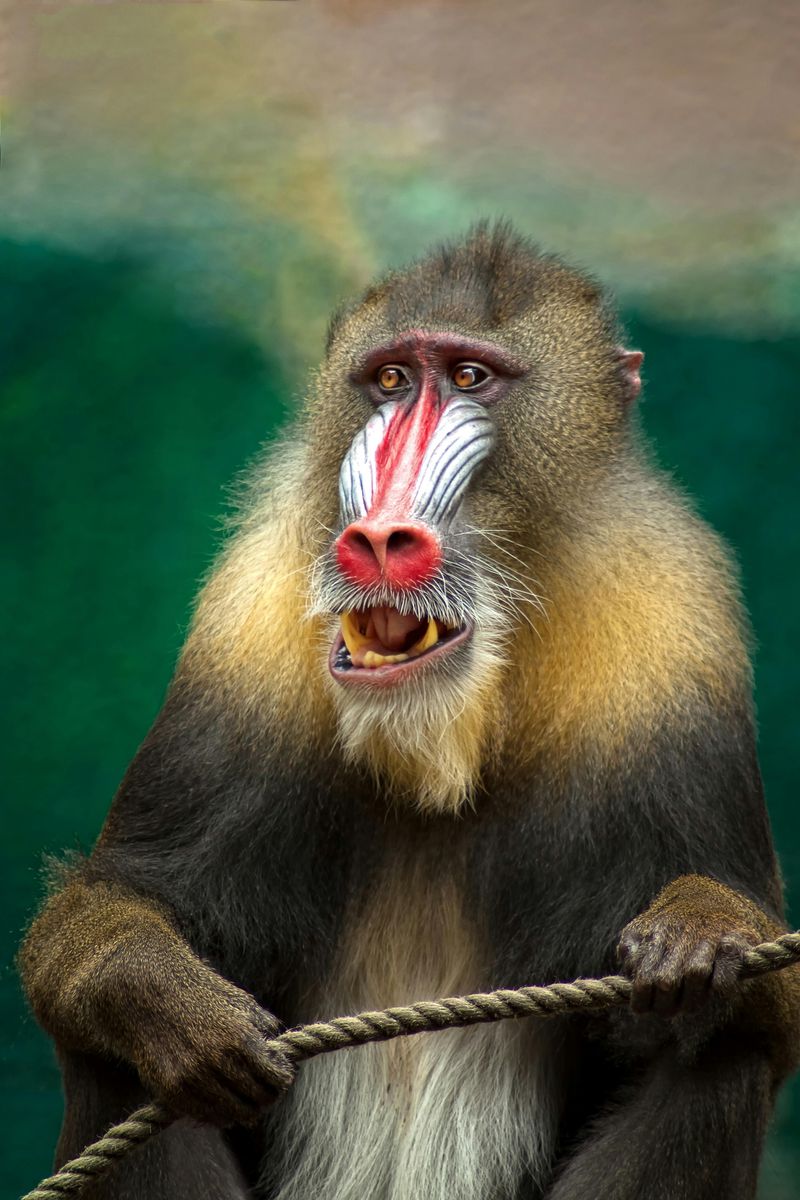
The mandrill’s striking facial and rump colors signal social status and mood. While not changing like others, these colors can intensify during social interactions.
This primate uses vibrant hues as a communication tool within its social groups. The vividness of the colors can vary, reflecting emotional states and hierarchical standing. Observing a mandrill offers a unique perspective on how color plays a crucial role in social structures, where visual signals are integral to communication and cohesion within the group.

